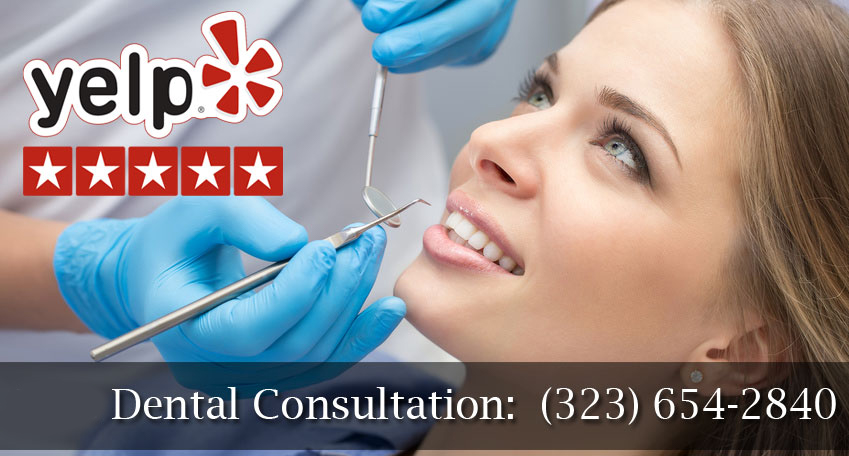Many things cause gum disease. You can get it from poor oral hygiene habits such as improper brushing and not flossing. Plaque that builds on your teeth hardens and gets into your gums, causing gum disease. But faulty oral hygiene practices aren’t the only issues causing gum disease. Another leading culprit is smoking, a problem dentists have grown concerned with in recent years. Smoking doubles your risk of periodontal disease, and the more you smoke, the greater your risk.
What is Gum Disease?
Otherwise known as periodontal disease, gum disease is an infection of the gums that weakens the bone structure of your teeth. It starts with germs that settle on your teeth and flourish over time. Once they settle, they form layers of plaque that thicken and become tartar. If left untreated, tartar leads to gingivitis or gum disease.
Some symptoms of gum disease include:
- Tenderness or swelling
- Bleeding gums
- Pain caused by tooth sensitivity
- Receding gum line
- Chronic halitosis, or bad breath
One of the main causes of gum disease is poor oral hygiene. It’s caused by a failure to brush or floss daily. Symptoms begin with irritation, swelling, and bleeding. Eventually, gum disease spreads the bone structure that supports your teeth, causing them to become loose.
Routine deep cleanings by a professional dentist can remove the tartar that leads to gum disease. It’s important to have regular checkups that look for buildup and test for periodontal disease.
The Link Between Smoking and Periodontal Gum Disease
There is a strong correlation between smoking and gum disease. In fact, it’s becoming widely known that smoking doubles your risk of periodontal disease because it weakens your immune system. Consequently, gum disease becomes much harder to fight, and your gums can take a lot longer to heal.
Any kind of tobacco use doubles your risk of periodontal disease. Years of excessive smoking puts you at greater risk of gum disease. Your chances increase the more you smoke.
The Impact of Smoking and Treatment
Treatment for gum disease includes a thorough oral exam followed by a deep cleaning. During the process, your dentist will need to do a deep cleaning, where they will need to go beneath the gum line to remove plaque and tartar. Any rough spots on your roots will be smoothed out to prevent further plaque growth.
It’s natural for your mouth to feel sore for a few hours after a deep cleaning. In fact, it’s not unusual to experience painful chewing or bleeding during the healing process. Unfortunately, active smokers face specific challenges during and after treatment. Smoking restricts blood vessel growth, which slows the healing process down.
What Can Dentists Do?
Dentists understand the effects of smoking on periodontal disease. If you struggle with nicotine addiction at the time of your diagnosis, your dentist can treat your gums with routine checkups and cleanings. Depending on how bad your gums are, they might recommend deep cleaning, where they can target bacteria below the gum line. Your dentist may recommend a special mouthwash as part of your aftercare.
In advanced-stage periodontal disease, bacteria can get into your gum line and destroy the bone that supports your tooth through the root. This causes loosening of the teeth and leads to tooth loss if it goes undiagnosed. The good news is that you can catch the problem in time with a comprehensive dental exam that includes X-rays. Your dentist can diagnose the problem and save the troubled tooth. All it takes is a bone-grafting procedure, where your dentist uses transplanted bones to keep your tooth secure.
Another treatment option for active smokers with advanced gum disease is flap surgery, a simple procedure where a dentist makes incisions in your gums. They then fold back the gum tissue, which makes the tooth roots visible for treatment. From there, the dentist can begin scaling your teeth and gums for bacteria. Root planing is done to even out the root surfaces and block further bacteria from re-entry.
In soft tissue grafts, your dentist will reconstruct your receding gum line with tissue taken from the roof of your mouth. The dentist secures that tissue to, the infected area and uses it to cover any exposed roots. This helps save your teeth and slows the spread of gum disease. This is different from guided tissue regeneration, which aids bone regrowth by using a special fabric placed between the bone and the tooth. This fabric aids in healing the bone by blocking further tissue growth.
Tissue stimulating proteins are unique gels used to promote healthy bone and tooth development. It’s a natural substance found in tooth enamel that’s gaining steam as an effective treatment for advanced gum disease.
What You Can Do to Prevent Gum Disease
Several ordinary remedies can help you prevent gum disease. You can start by brushing your teeth at least twice per day using a soft toothbrush. Be sure to replace your toothbrush once every ninety days to reduce bacterial growth and keep your gums healthy.
Floss your teeth daily and use a good oral rinse to keep it clean. If regular floors are hard to handle, consider using a water flosser to remove food bits from your teeth and gums. For optimal care, consider buying an electric toothbrush. They’re excellent at removing plaque and tartar, plus they can help brighten your teeth for a healthy smile. The best recommendation is to give up smoking because doing so reduces your chances of developing gum disease in the future.
If you believe you have periodontal disease, don’t wait. Call Cutting Edge Periodontists today for a consultation and to learn more about our services.






